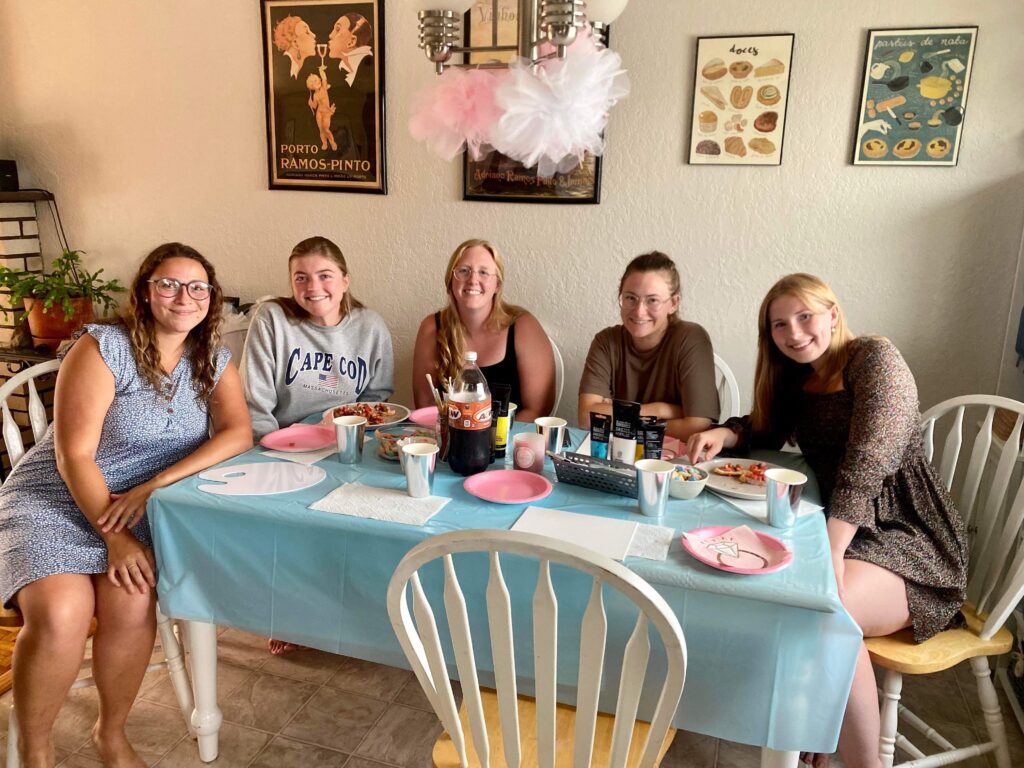As a secondary school science teacher, my commitment to inclusion is at the core of my teaching philosophy. I firmly believe that every student has a unique set of strengths, challenges, and perspectives that enrich the learning environment. It is my responsibility to create a classroom atmosphere that celebrates diversity and promotes equal opportunities for all students to thrive academically and personally.
Inclusion, for me, means fostering an environment where every student feels valued, respected, and safe to express themselves without fear of judgment. I strive to understand each student’s individual learning styles and adapt my teaching methods accordingly, ensuring that no one is left behind or overlooked.
Differentiation is a key aspect of my teaching approach. By tailoring instruction to meet the diverse needs of my students, I can effectively engage them in the learning process and encourage active participation. I make use of various teaching strategies, technologies, and materials to cater to different learning preferences, be it visual, auditory, or kinesthetic.
Furthermore, I encourage collaborative learning experiences, where students work together in diverse groups, fostering teamwork and empathy. This not only enhances their understanding of scientific concepts but also exposes them to different perspectives, cultures, and backgrounds, preparing them to become respectful global citizens.
Inclusive teaching also involves creating a welcoming space for students with disabilities or learning challenges. I work closely with support staff and parents to provide necessary accommodations and modifications, ensuring that these students have equal access to the curriculum and can fully participate in class activities.
Inclusive classrooms are built on open communication, where students feel comfortable discussing their concerns, sharing their thoughts, and asking questions. I actively listen to my students, addressing their queries and encouraging thoughtful discussions to enhance their critical thinking skills and foster a sense of belonging.
Ultimately, my goal as a science teacher is to instill in my students a sense of curiosity, wonder, and passion for scientific inquiry. By embracing inclusion, I can create a transformative educational experience that empowers all my students to reach their full potential and prepares them to contribute positively to society, regardless of their individual backgrounds or abilities.

